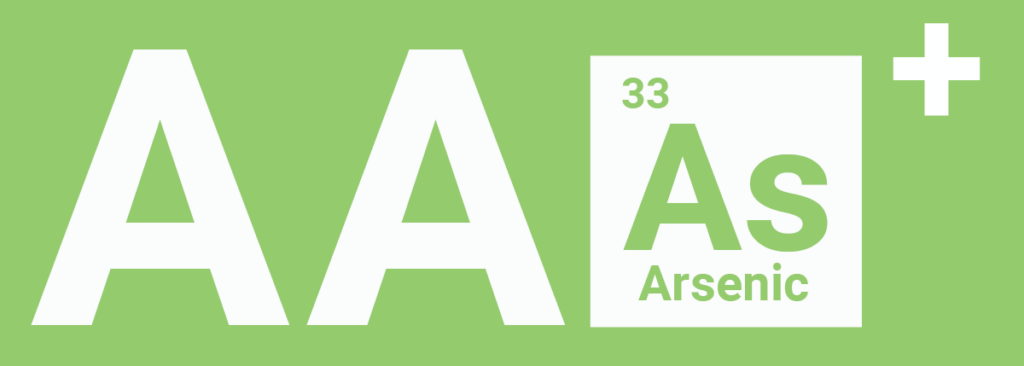
As teachers implement citizen science projects in their classrooms, they will work with local scientists recruited from the Maine and New Hampshire IDeA Network of Biomedical Research Excellence (INBRE) partner institutions. Teachers and scientist partners work together to understand the results of well water analyses and translate their findings into local action. The overall All About Arsenic project goal is to establish long-term relationships that inspire generations of students to be critical thinkers and consider careers in science, medicine, or public health.
Project workflow
- Teachers will integrate monitoring well water for arsenic and other toxic metals into new or existing curricula.
- Students will collect well water from their taps and/or distribute project information and water collection containers to community members.
- Teachers will ship samples to the Trace Element Analysis Core at Dartmouth and receive data in return.
- Parents/community members will receive e-mails with their well water test results.
- Students will learn to use Tuva Data Literacy software to interpret and display data for sharing with their communities.
- Teachers will use our Science Communication Toolkit to prepare students for public outreach activities.
- Teachers and students will share data with parents and community members through public meetings or other outreach efforts.
- Scientist partners are encouraged to participate at every level, particularly with data analysis and outreach to communities.
What’s my scientist-partner supposed to do?
As teachers implement citizen science projects in their classrooms, they will work with local scientists recruited mostly from Maine and New Hampshire IDeA Network of Biomedical Research Excellence (INBRE) partner institutions. Teachers and Scientist Partners will work together to understand the results of well water monitoring and translate their findings into local action.
You and your scientist-partner are resources for each other. You should work together to carry out a successful citizen science project around arsenic and/or other toxic metals in drinking water. Some collaboration suggestions:
- Invite your scientist-partner into the classroom to talk about their career and explain their research in terms students understand. This can inspire students to pursue careers in STEM.
- Work together to design an activity or experiment related to groundwater contamination and/or data.
- Analyze the data using Tuva.
- Plan an outreach effort in which students share their data and inform the public about arsenic and other drinking water contaminants and mitigation resources. Some ideas include holding a meeting at the school for parents and community members, writing letters to the editor, creating displays for municipal spaces, contributing articles to school newsletters etc.
What’s with all the different websites?
We know there are many sites, but each has a different purpose. In addition to this website, which has information about the project, curriculum ideas, sample collection instructions, and resources for samplers, there are several other websites supporting the project.
- Anecdata.org is a citizen science platform used to collect, manage, and share data. Each sample that’s collected as part of the project is registered in the All About Arsenic project on Anecdata, anonymized, and added to a data set that can be used for analysis. Individuals can look up their well water test results on Anecdata by searching for their sample number.
- Tuva is a data literacy site that offers lessons, data literacy activities, and loads of datasets for teachers and students to explore. Additionally, Tuva has created an Arsenic Data Portal with datasets and resources to support the All About Arsenic project.
- LabCentral has a dedicated workspace called SEPA Data to Action that provides a discussion forum for teachers, scientist partners, and project leaders to communicate, share pictures and documents, and make program-wide announcements. Annual details about the DataCom Workshop are also posted on the workspace.